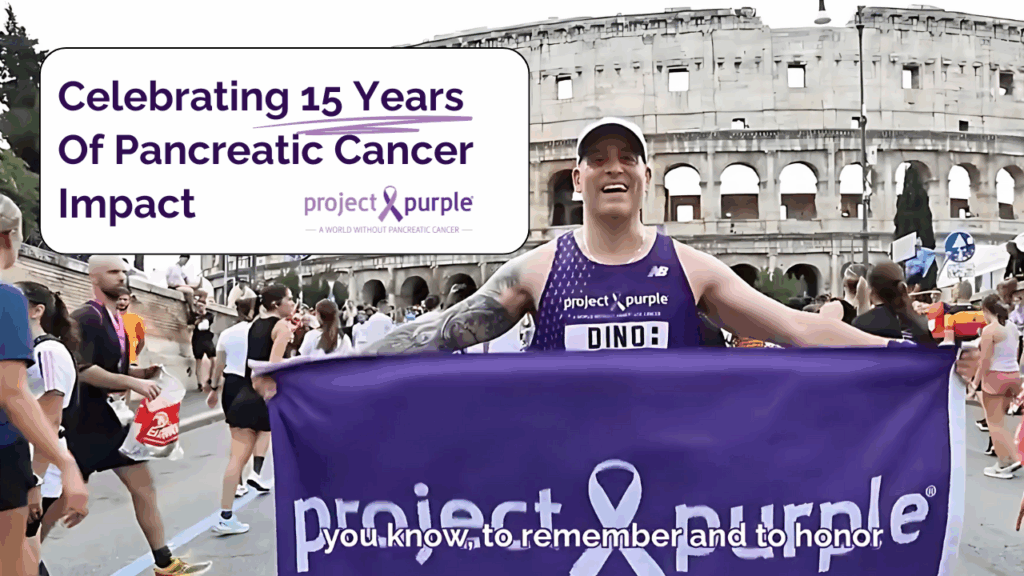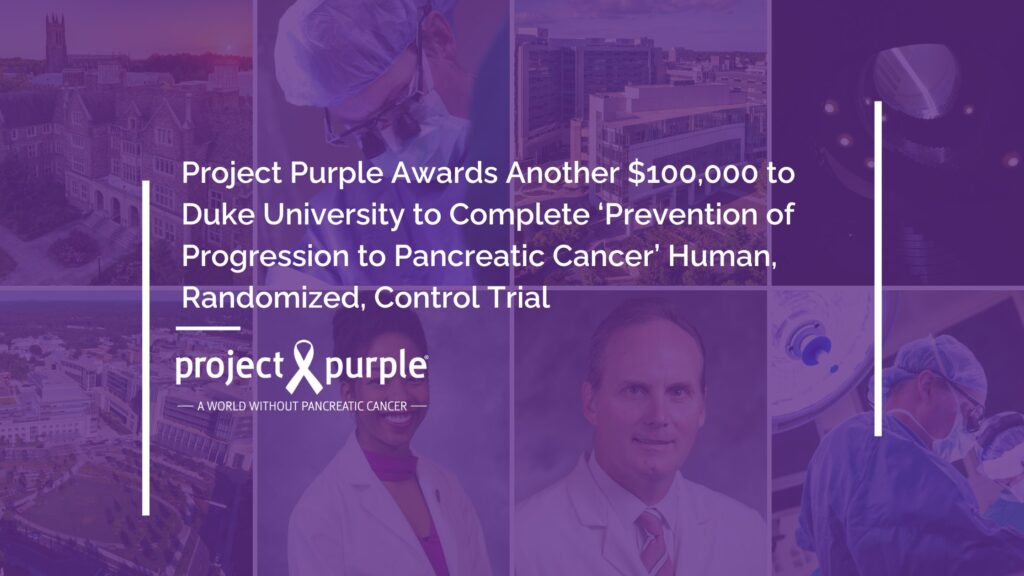
The American Association for Cancer Research (AACR) recently released its 2024 Cancer Disparities Progress Report, highlighting both the ongoing struggle for equal cancer outcomes and reasons for cautious optimism. The report paints a complex picture, revealing persistent disparities alongside signs of progress.
Disparities Continue to Undermine Public Health
While overall cancer death rates have declined across racial and ethnic groups, significant disparities remain. According to the AACR, black and Indigenous populations, despite having lower overall cancer incidence rates compared to whites, experience the highest mortality rates. Studies from Johns Hopkins University show that Black patients face a double challenge: they’re diagnosed with pancreatic cancer more often, and it’s often caught at a later stage. This later diagnosis makes treatment more difficult. Additionally, the National Library of Medicine reports that Black patients with pancreatic cancer tend to have a lower median survival rate compared to white patients.
Signs of Some Progress
The report identifies positive trends. According to the AACR, the gap in overall cancer mortality between Black and white populations has narrowed considerably in recent decades, falling from 33% in 1990 to 11.3% in 2020. This progress is likely due to factors like improved access to screening and treatment.
Exploring the Underlying Factors
The report published by the AACR, emphasizes the need to look beyond mortality rates. Racial and ethnic minorities, along with medically underserved populations, experience disparities throughout the cancer care continuum, including:
- Preventable Cancer Risk Factors: Disparities exist in exposure to risk factors like smoking and obesity, which are more prevalent in certain communities.
- Screening Rates: Minority groups often have lower screening rates for cancers like breast and colon, leading to later diagnoses and poorer outcomes.
- Clinical Trial Participation: Equitable access to potentially lifesaving clinical trials remains a challenge for minority patients.
- Survivorship Care: Disparities persist in access to quality survivorship care, impacting long-term health outcomes.
Addressing Disparities to Ensure a Healthy Future for All
The AACR published the need for a multi-pronged approach to address these disparities. Their recommendations include:
- Increased funding for programs focused on reducing disparities.
- Policies promoting greater participation in clinical trials by minority patients.
- A focus on ensuring equitable access to preventive care and cancer screenings.
- Increased diversity within the cancer research and healthcare workforce.
The 2024 Cancer Disparities Progress Report serves as a vital call to action. While advancements have been made, significant work remains to ensure everyone has an equal chance to overcome cancer. By prioritizing equity in cancer research, prevention, treatment, and survivorship care, the goal of achieving true health equity for all can be reached.
Information and Resources to Help Navigate Pancreatic Cancer
Knowledge is power, especially when navigating a pancreatic cancer diagnosis. By educating yourself on the treatment journey, you’ll be better equipped to overcome obstacles and feel more in control. Project Purple’s website offers a wealth of resources on various pancreatic cancer topics to empower you on this path:
- What to Do Next When You’ve Been Diagnosed With Pancreatic Cancer
- 10 Tips for Caregivers
- Know the Signs and Symptoms of Pancreatic Cancer
- What Should I Eat During My Diagnosis?
- Navigating the Question of Work and Cancer
At Project Purple we go beyond information, offering programs to directly aid patients. Our Patient Financial Aid (PFA) program tackles the financial burden of cancer by assisting families. We’ve recently expanded PFA to include food assistance, providing healthy and convenient meals for patients and families, allowing them to focus on recovery. Finally, Blankets of Hope offers a symbol of comfort both physically and emotionally, reminding patients they’re not alone in their fight. To learn more about Project Purple’s support, visit our patients and families page.



